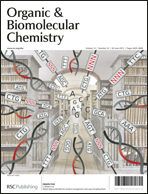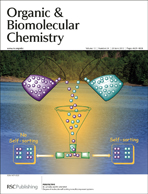This week we’re going supramolecular as we celebrate OBC’s 10th anniversary! Below is a selection of 10 of our most highly cited articles in the area of supramolecular chemistry. Every single one will be free to access for you to enjoy for the next week.
Multivalency in supramolecular chemistry and nanofabrication
Alart Mulder, Jurriaan Huskens and David N. Reinhoudt
DOI: 10.1039/B413971B

Matthew J. Wilkinson, Piet W. N. M. van Leeuwen and Joost N. H. Reek
DOI: 10.1039/B503407H
Nucleation–elongation: a mechanism for cooperative supramolecular polymerization
Dahui Zhao and Jeffrey S. Moore
DOI: 10.1039/B308788C
Mass spectrometric studies of non-covalent compounds: why supramolecular chemistry in the gas phase?
Bilge Baytekin, H. Tarik Baytekin and Christoph A. Schalley
DOI: 10.1039/B604265A
Artificial photosynthetic systems: assemblies of slipped cofacial porphyrins and phthalocyanines showing strong electronic coupling
Akiharu Satake and Yoshiaki Kobuke
DOI: 10.1039/B703405A
Bright molecules with sense, logic, numeracy and utility
A. Prasanna de Silva, Thomas P. Vance, Matthew E. S. West and Glenn D. Wright
DOI: 10.1039/B802963F
Tetrakis(imidazolium) macrocyclic receptors for anion binding
Wallace W. H. Wong, Matthew S. Vickers, Andrew R. Cowley, Rowena L. Paul and Paul D. Beer
DOI: 10.1039/B510068B
Anion-templated assembly of [2]rotaxanes
Mark R. Sambrook, Paul D. Beer, Michael D. Lankshear, R. Frederick Ludlow and James A. Wisner
DOI: 10.1039/B518178J
A versatile template for the formation of [2]pseudorotaxanes. 1,2-Bis(pyridinium)ethane axles and 24-crown-8 ether wheels
Stephen J. Loeb, Jorge Tiburcio, Sarah J. Vella and James A. Wisner
DOI: 10.1039/B514528G

Michał J. Chmielewski , Jason J. Davis and Paul D. Beer
DOI: 10.1039/B818351A
Take a look here for some of our top cited work, including more 10 of the bests:
bioorganic, catalysis, medicinal chemistry, natural products.











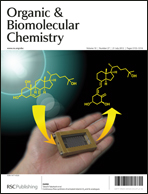
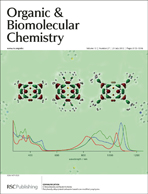

 Triggering cryptic natural product biosynthesis in microorganisms
Triggering cryptic natural product biosynthesis in microorganisms Chemical and biomimetic total syntheses of natural and engineered MCoTI cyclotides
Chemical and biomimetic total syntheses of natural and engineered MCoTI cyclotides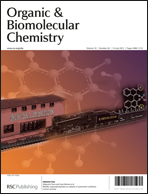
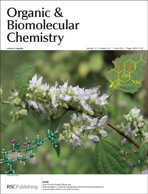



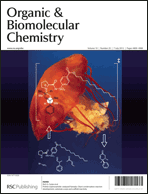


 Primary amino acids: privileged catalysts in enantioselective organocatalysis
Primary amino acids: privileged catalysts in enantioselective organocatalysis